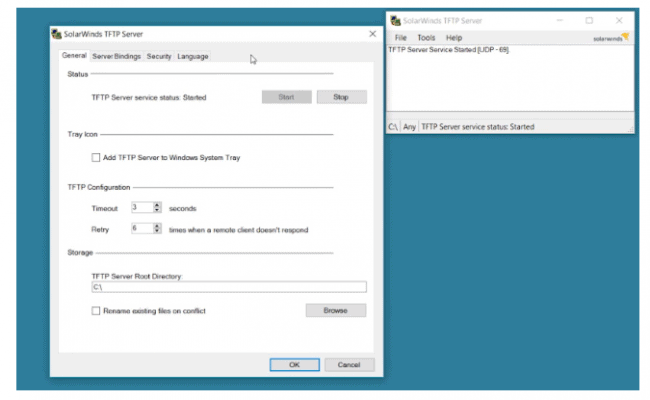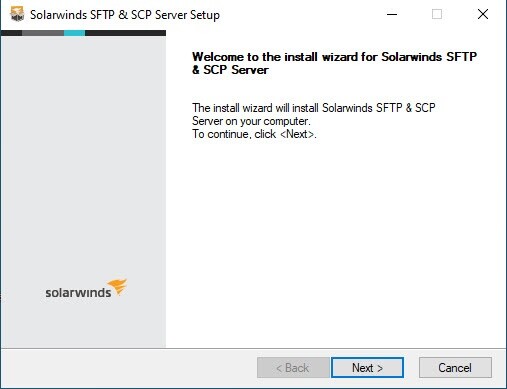

By embracing centralized server management, you can reduce redundancy. When you increase redundancy, you increase costs. This leads to fewer hardware costs because decentralized management means having the same equipment distributed across multiple locations, which means extras and duplicates of hardware often need to be present at each location. When you use centralized server management, you can keep all your servers and other networking equipment in a single location.
#Solarwinds server u plus
This leads to better collaboration and knowledge sharing plus fewer data silos.

With centralized server management, IT teams can apply all the updates and patches to a single server farm. These tasks can take significant time and effort in a decentralized IT setup where staff would need to manage each location separately.
#Solarwinds server u software
A great example of this is the software installations, updates, and many security patches essential to maintaining the functionality of an organization and its devices. Improved productivity of IT staff: When you leverage centralized IT administration, your IT teams can access better oversight into the technological aspects of your business, which makes basic tasks simpler and faster.The specific benefits of centralized server management include:
#Solarwinds server u license
Why is centralized license and user management important?Ĭentralized license and user management is important because it can save organizations money, reduce IT workloads, simplify license management, and much more.It also means IT teams can take care of essential (but routine) tasks more easily and ensure every device and system has been installed, updated, and patched correctly. With a centralized remote support system, IT teams can easily connect to users' units remotely to resolve issues no matter what department they’re in or where they’re located. Centralized user management in Linux, Windows, and more can lead to faster troubleshooting and support for end users. With centralized IT management, IT teams can control and support end users and their accounts from anywhere because they are all connected to the central servers. In a decentralized environment, hardware would be stored across multiple locations, often requiring duplicates.

Not only can IT teams navigate software, licensing, and more from a single location, the organization’s hardware is also physically stored in a single location. This centralization is both virtual and physical. In a centralized network, an organization’s users are connected to a central server storing complete user information and network data. It comes with several benefits compared to a decentralized approach (which are covered in the next section). Centralized IT administration means an organization’s network and technology resources are all stored in a single, central location users and IT administrators alike can access.


 0 kommentar(er)
0 kommentar(er)
